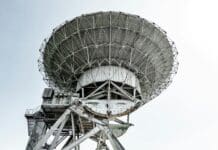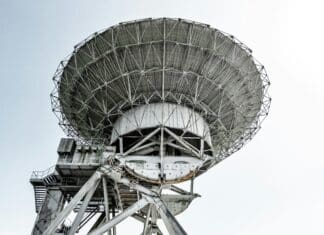This post is also available in:
 עברית (Hebrew)
עברית (Hebrew)
In an innovative project funded by a $700,000 grant from the U.S. Department of Defense’s DARPA, researchers are developing drone technology that draws inspiration from the albatross, a bird known for its remarkable long-distance flights. Led by UC Assistant Professor Sameh Eisa, the team is exploring how the bird’s unique ability to fly vast distances without flapping its wings can be replicated in unmanned aerial vehicles (UAVs).
According to the press release, he key to the albatross’s flight is a technique called dynamic soaring. This method allows the bird to glide for hours by exploiting wind currents rather than relying on constant wing flapping. By turning into the wind, the albatross gains altitude, then rides the faster air currents, slowing down before turning to repeat the process. This enables the bird to travel great distances with minimal effort.
Eisa’s research aims to apply the principles of dynamic soaring to drones, creating systems that can autonomously adjust their flight paths based on changing wind speeds and directions. The team is developing a flight control system that mimics the bird’s natural behavior, with the potential to greatly increase the energy efficiency of UAVs.
The researcher explained that this type of soaring is the only way albatrosses can sustain such long flights. By using natural wind currents to optimize their flight, they can travel hundreds of kilometers each week. The team is working to replicate this process, allowing drones to make similar flight adjustments without human input.
While wind has traditionally been seen as an obstacle for drones, the team views it as a resource that, if properly harnessed, can reduce the energy needed for flight. By mimicking the albatross’s flight techniques, the goal is to create drones capable of longer, more efficient flights—reducing reliance on battery power and increasing their operational range.
The project is poised to make significant advances in UAV technology, with potential applications in various industries, from intelligence and defense to environmental monitoring.


























